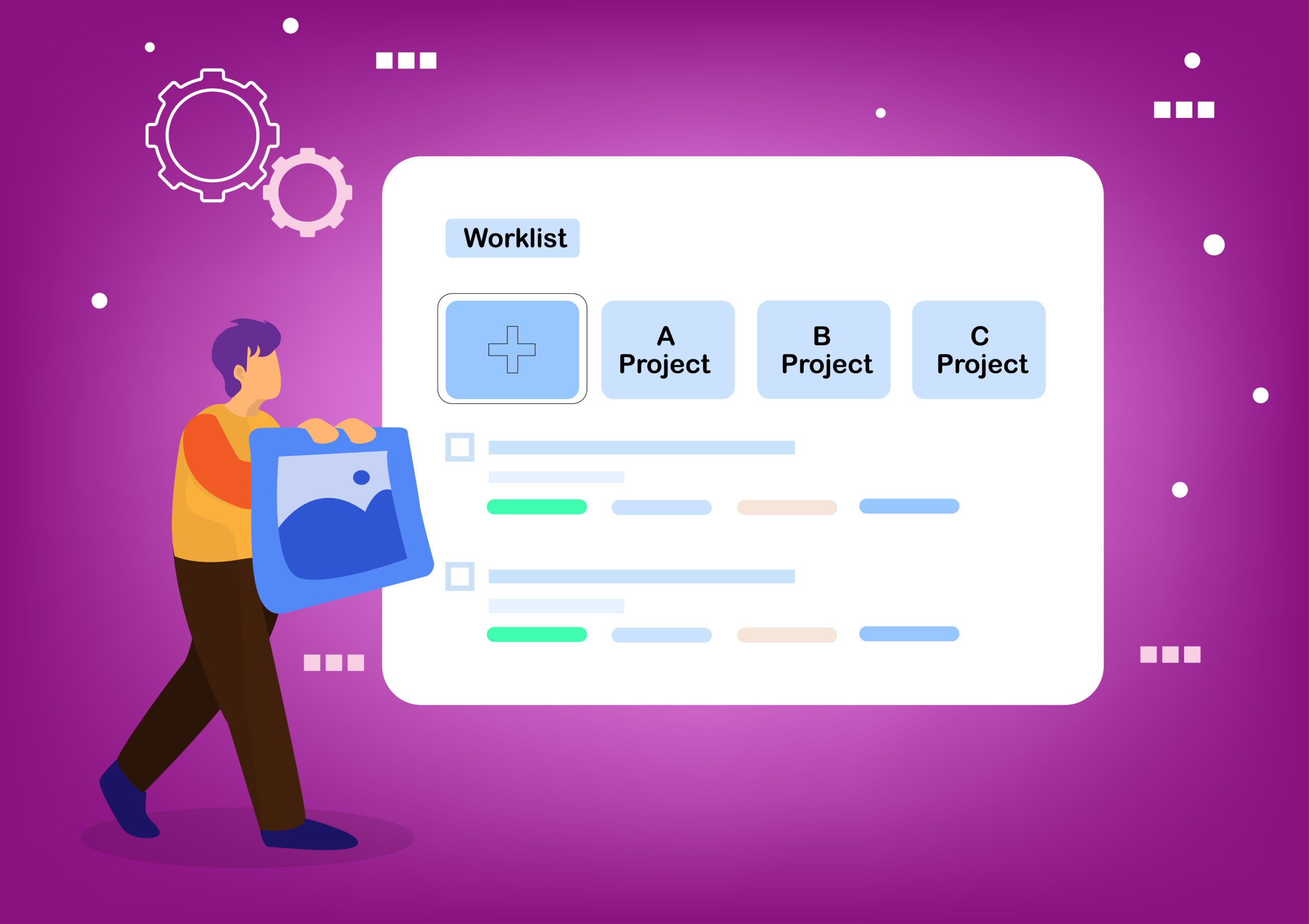The digital world continues to evolve at an unprecedented pace, and frontend development is no exception. In 2025, frontend frameworks are set to become more advanced, efficient, and versatile. Choosing the right frontend framework can significantly impact the performance, scalability, and user experience of your application. Whether you’re an individual developer or a leading frontend development company, keeping up with the latest trends is essential to staying competitive.
In this article, we will explore the top frontend frameworks for 2025, analyzing their features, use cases, and why they’re making waves in the developer community. Let’s dive in!
1. React.js
React.js, developed by Facebook, has been a staple in the frontend development world for years. It continues to be a dominant force due to its flexibility, vast ecosystem, and community support. React is a JavaScript library, but its functionality rivals that of a full-fledged framework.
Key Features:
- Component-Based Architecture: Build reusable UI components for scalable and maintainable applications.
- Virtual DOM: Optimizes rendering performance by updating only the parts of the DOM that need changes.
- Strong Ecosystem: Extensive libraries and tools like Redux, React Router, and Material-UI.
Use Cases:
- Single Page Applications (SPAs)
- Interactive user interfaces for web and mobile apps (React Native)
Why Choose React.js in 2025?
React’s ability to adapt to various project needs and its continuous updates make it a go-to choice for businesses and developers alike. Companies looking to collaborate with a frontend development company often prioritize React for its robustness and scalability.
2. Vue.js
Vue.js has grown rapidly since its inception, positioning itself as a lightweight and approachable alternative to other frameworks. Its simplicity combined with high performance makes it an attractive option for modern applications.
Key Features:
- Reactive Data Binding: Real-time updates between the model and view.
- Directives: HTML extensions that add dynamic behavior to your templates.
- Versatility: Can be integrated into projects incrementally or used as a full framework.
Use Cases:
- Small to medium-sized projects
- Progressive web applications (PWAs)
Why Choose Vue.js in 2025?
Vue.js is ideal for developers seeking a balance between simplicity and functionality. Its growing community and robust tools like Vuex and Nuxt.js make it a worthy contender in 2025.
3. Angular
Angular, maintained by Google, is a comprehensive framework known for its enterprise-grade features. It offers a complete solution for building dynamic and complex web applications.
Key Features:
- Two-Way Data Binding: Ensures synchronization between the model and the view.
- Dependency Injection: Enhances modularity and testability.
- TypeScript Support: Promotes cleaner and more maintainable code.
Use Cases:
- Enterprise-grade applications
- Large-scale projects requiring structured development
Why Choose Angular in 2025?
For organizations with complex, large-scale applications, Angular’s all-in-one approach ensures consistency and efficiency. Collaborating with a frontend development company specializing in Angular can further streamline the development process.
4. Svelte
Svelte is redefining frontend development by shifting the work from the browser to the build step. Unlike traditional frameworks, Svelte compiles your code into highly efficient JavaScript at build time.
Key Features:
- No Virtual DOM: Direct manipulation of the DOM for faster performance.
- Lightweight and Simple: Minimal boilerplate code and an easy learning curve.
- Reactive Programming: Built-in reactivity without additional libraries.
Use Cases:
- Applications prioritizing performance
- Projects with a focus on simplicity and developer productivity
Why Choose Svelte in 2025?
Svelte’s performance and simplicity are winning over developers. It’s a perfect choice for those who want to build fast, lightweight applications without the complexity of traditional frameworks.
5. Next.js
Next.js, built on top of React, is a powerful framework for building server-side rendered (SSR) and static websites. It has gained immense popularity for its versatility and performance.
Key Features:
- Server-Side Rendering (SSR): Enhances SEO and improves load times.
- Static Site Generation (SSG): Pre-renders pages at build time for faster delivery.
- API Routes: Allows building serverless APIs directly within the framework.
Use Cases:
- E-commerce websites
- SEO-focused projects
Why Choose Next.js in 2025?
With its growing ecosystem and features tailored for modern web development, Next.js is a top choice for companies aiming to deliver high-performance web experiences.
6. Nuxt.js
Nuxt.js is the Vue.js equivalent of Next.js, offering a framework for building SSR and static applications. Its simplicity and out-of-the-box functionality make it a popular choice for Vue enthusiasts.
Key Features:
- Automatic Code Splitting: Optimizes application performance.
- Modular Architecture: Enables easy integration of third-party libraries.
- SEO-Friendly: Built-in tools for optimizing search engine visibility.
Use Cases:
- Content-heavy websites
- Applications requiring excellent SEO performance
Why Choose Nuxt.js in 2025?
Nuxt.js provides a seamless development experience for Vue.js developers. Its focus on performance and SEO ensures your applications stand out.
7. Ember.js
Ember.js has been around for a while, but it continues to shine in specific use cases. Known for its convention-over-configuration philosophy, Ember is ideal for developers who prefer structure and consistency.
Key Features:
- Built-In Best Practices: Conventions for routing, state management, and testing.
- Command Line Interface (CLI): Streamlines project setup and management.
- Two-Way Data Binding: Simplifies data synchronization.
Use Cases:
- Long-term projects requiring stability
- Applications with complex user interfaces
Why Choose Ember.js in 2025?
Ember’s emphasis on convention and stability makes it a reliable choice for developers building feature-rich web applications.
8. Solid.js
Solid.js is an emerging framework that emphasizes performance and simplicity. With a focus on fine-grained reactivity, Solid.js delivers lightning-fast updates without sacrificing developer experience.
Key Features:
- Fine-Grained Reactivity: Efficient DOM updates with minimal overhead.
- Lightweight: Small bundle size for faster loading times.
- Compatibility: Can integrate with existing libraries and frameworks.
Use Cases:
- Performance-critical applications
- Projects requiring lightweight solutions
Why Choose Solid.js in 2025?
Solid.js is gaining traction for its innovative approach to reactivity and performance. It’s an excellent choice for developers seeking cutting-edge solutions.
9. Alpine.js
Alpine.js offers a minimalist approach to frontend development. It’s a lightweight alternative to frameworks like Vue and React, designed for adding interactivity to static websites.
Key Features:
- Declarative Syntax: Simplifies adding interactive behavior to HTML.
- No Build Step: Works directly in the browser.
- Small Footprint: Minimal impact on page load times.
Use Cases:
- Enhancing static websites
- Adding interactivity without a full framework
Why Choose Alpine.js in 2025?
Alpine.js is perfect for developers who want to add dynamic behavior to websites without the overhead of a full framework. Its simplicity and speed make it a rising star.
Conclusion
The landscape of frontend development frameworks is more diverse and dynamic than ever in 2025. From established giants like React and Angular to emerging players like Solid.js and Alpine.js, there’s a framework to suit every project’s needs. Whether you’re building an enterprise-grade application or a lightweight static website, the right choice will depend on your specific requirements and expertise.
For businesses looking to stay ahead of the curve, partnering with a frontend development company can provide access to the latest tools, trends, and talent. These companies bring valuable expertise to help you harness the full potential of modern frameworks and deliver exceptional digital experiences.





















